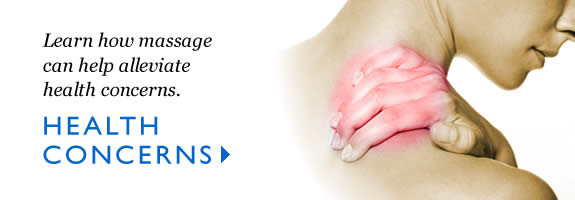
You learn things in the military that you never would have learned in civilian life. You see and experience events that few people do. Sacrifices are made that might never been made had you not been in the military.
For some the return to civilian life is relatively easy; for others the adjustment takes months, years or a lifetime. Not everyone who serves in the military participates in combat. For every one soldier that goes to war, there are10 who offer support and administrative services. Not everyone who fights in a war comes home with Post Traumatic Stress. Not everyone who has Post Traumatic Stress gets it from being in combat.
Post Traumatic Stress can be caused by any event that causes you to feel threatened or in great danger. It can be caused by witnessing such events or experiencing them first hand. Seeing someone close to you who is killed in a violent way, participating in battle –perhaps having to defend your life and those of your buddies by killing others, being sexually assaulted or otherwise brutalized – these events and others like them can cause Post Traumatic Stress.
Experiencing Post Traumatic Stress is the mind and body’s way of coping with an unnatural experience. Most individuals will have symptoms for anywhere from a few days to about three months. Some may not get any symptoms for years and then, as if out of nowhere, there are noticeable changes in behavior. If the symptoms intensify or last longer, it then becomes Post Traumatic Distress Syndrome (PTSD). Treated early with various talk therapies, medication and even bodywork, PTSD can often be brought under control.
How Do I Know for Sure It’s PTSD?
Only a qualified doctor, a psychiatrist or psychologist can officially diagnose you with PTSD. There are, however, symptoms that are typical and you can watch out for:
- Reliving, or re-experiencing the traumatic event.
- Avoiding situations that may remind you of the event.
- Changes in beliefs and feelings.
- Hyper-vigilance or hyper-arousal. You are startled easily by noises.
- Anger management issues.
Often it is family members who notice the changes. The person with PTSD may be in denial and feel frustrated.
How Can Massage Therapy Help?
Massage alone cannot prevent or cure PTSD, but it can be a part of an overall health plan that alleviates some of the symptoms. Massage can help an individual with PTSD reconnect with his or her body in a positive way. It can help to restore balance to the nervous system.
One of the things studies have found in individuals with PTSD is an increase in cortisol levels. In normal situations of stress, cortisol levels go up. They return to normal shortly after the stress ends. For those with PTSD, the cortisol levels remain high. Chronically high cortisol levels can cause all kinds of problems including reducing the effectiveness of the immune system, raising blood sugar to unhealthy levels, adversely affecting digestion, causing depression, fatigue and irritability. It can lead to various arthritic conditions, as well as loss of muscle mass. Massage therapy has been shown to decrease and normalize cortisol levels, which ultimately means a reduction and reversal in the negative effects the continued high levels cause.
If you or your loved ones have been exposed to a traumatic event and are experiencing some or all of the symptoms of PTSD, there is help. There is a National Center for PTSD, provided by Veterans Affairs (www.ptsd.va.gov) that offers information as well as a screening tool you can print out and bring to your doctor.
If you suspect you, a family member or friend have PTSD and are in crisis, call the Veterans talk hotline: 1-800-273-TALK (8255), PRESS 1. It is staffed by VA responders 24/7. There is also a 24/7 online confidential veterans chat-line available at www.veteranscrisisline.net or text message support at 838255.




